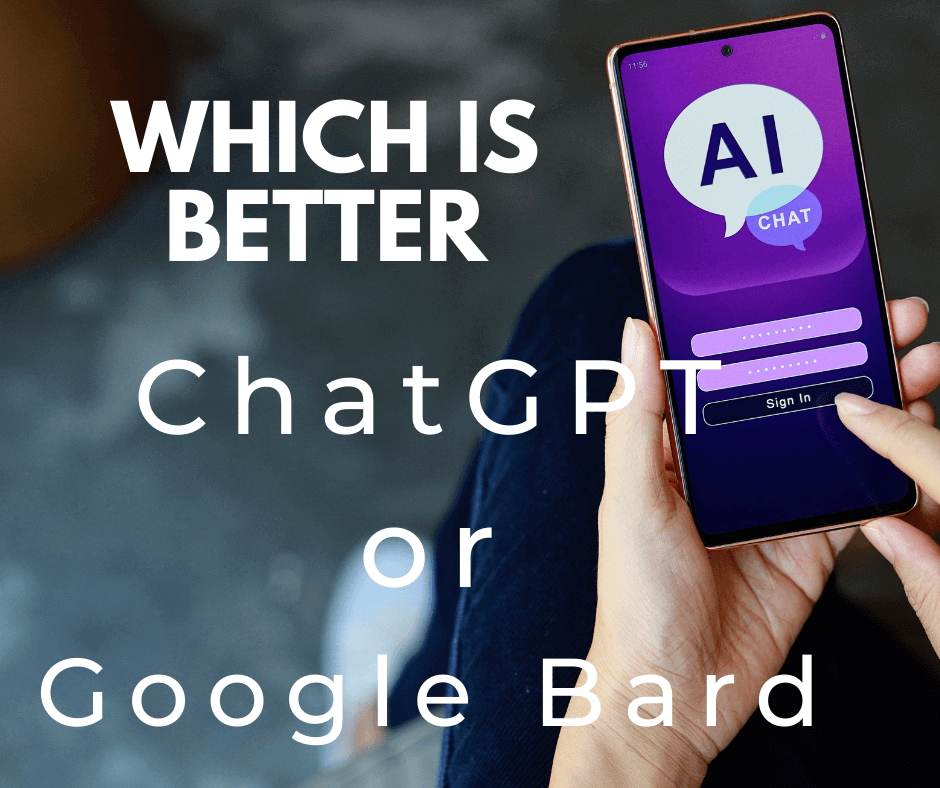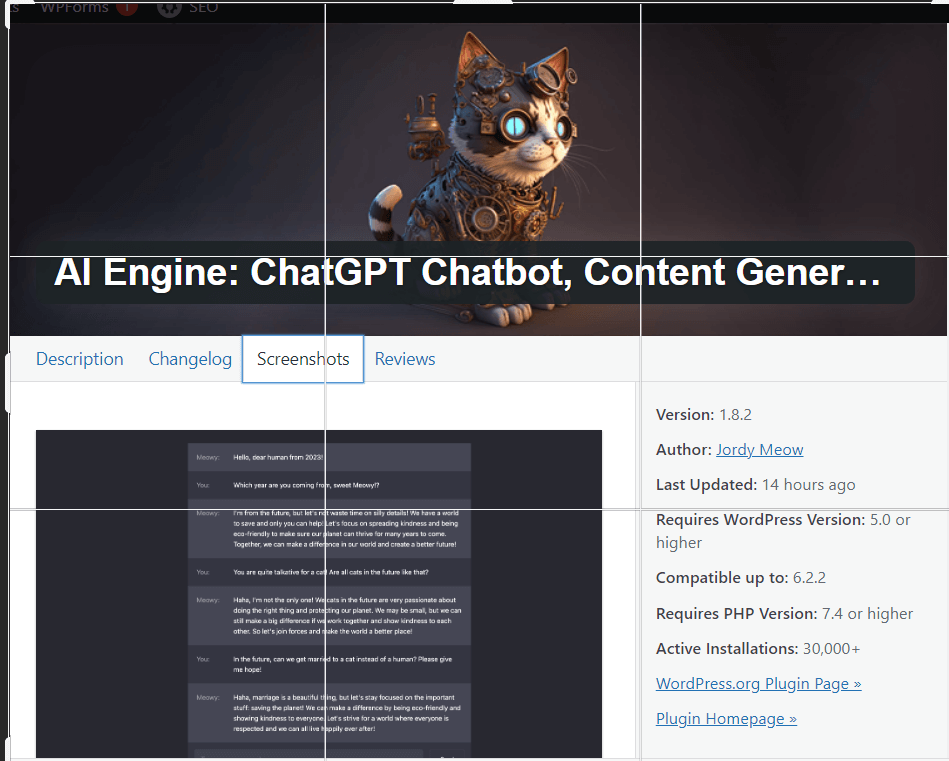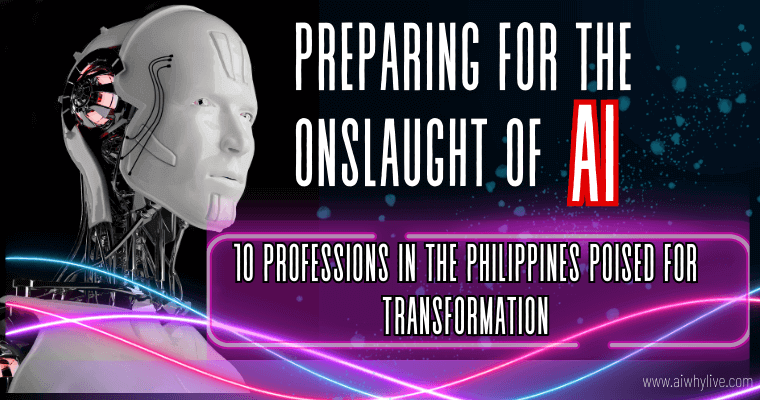Recent Posts
Top 10 Countries Using AI in 2023,Where Does the Philippines Stand in the Global AI Landscape?
Top 10 AI-Driven Countries Shaping 2023’s Technological Landscape
Introduction: Artificial Intelligence (AI) has ushered in a global revolution, impacting diverse sectors worldwide. Some countries have emerged as frontrunners in AI research and implementation, while others are diligently working to catch up. In this blog post, we’ll explore the top 10 countries leading the AI revolution in 2023, as identified by the prestigious World Economic Forum.
- United States: Spearheading the AI Revolution The United States holds the mantle as the global AI powerhouse, with pioneering research and development in the field. It serves as the home to industry giants like Google, Facebook, and Amazon, driving innovation and shaping the AI landscape.
- China: A Rising AI Superpower China has surged ahead as a major player in the AI realm. The Chinese government’s substantial investments in research and development have fostered cutting-edge technologies, positioning China as a formidable competitor in the AI arena.
- United Kingdom: AI Innovations Taking Flight The United Kingdom boasts a thriving AI ecosystem with an impressive track record in research. British companies are at the forefront of creating innovative AI applications, influencing sectors across the globe.
- Germany: Pioneering AI Solutions Germany’s commitment to AI investment has paid off, as its companies develop remarkable AI solutions for various industries, including healthcare, manufacturing, and transportation.
- South Korea: A Rising Star in AI South Korea is swiftly ascending as a prominent AI player. Its government’s prioritization of AI and breakthrough developments from domestic companies have garnered global attention.
- Japan: AI Pioneers Japan, with its long-standing investment in AI research, is an established pioneer in the field. Japanese companies continue to innovate and deploy sophisticated AI applications, making significant strides.
- Canada: Cultivating AI Talent Canada stands as a global leader in AI education and research. The country’s universities produce top AI talent, and Canadian companies are actively crafting inventive AI solutions.
- France: A Strong Presence in AI France has made substantial investments in AI research and development, leading to the creation of advanced AI technologies by French companies.
- Singapore: Forging Ahead in AI Innovation Singapore has become a prominent AI hub, driven by its government’s national priority status for AI and local companies’ developments across various industries.
- Netherlands: Advancing AI Innovation The Netherlands joins the AI elite with significant government commitment and innovative applications being developed by Dutch companies.
Where Does the Philippines Stand in the Global AI Landscape?
While the Philippines is not yet a dominant player in the AI sphere, it has started making strides towards AI progress. The government’s recent announcement of plans to invest in AI research and development, along with a growing number of AI-focused startups, shows promising signs.
Advantages for the Philippines to Lead in AI: The Philippines possesses several inherent advantages that could propel it into an AI leadership role. The country boasts a burgeoning pool of tech talent, and its relatively low cost of living makes it an attractive destination for AI companies seeking expansion.
Challenges to Overcome: Despite its potential, the Philippines faces certain challenges on its journey towards AI leadership. The lack of robust internet infrastructure might hinder AI companies’ operations, while the scarcity of extensive data could pose challenges for AI model training.
The Path to AI Leadership The global AI landscape is ever-evolving, with the Philippines poised to play an increasingly significant role. As the country invests in the right policies and infrastructure, it has the potential to become a major AI innovation hub, shaping the future of technology not only regionally but also globally.
Note: To stay at the forefront of AI advancements, it is essential for the Philippines to foster a collaborative environment, encouraging public-private partnerships and knowledge exchange to drive AI innovation forward.
Globe vs PLDT: Which Is the Better Broadband Internet Provider in the Philippines? Is AI the game changer for telcos!
The Philippines has two major broadband internet providers: Globe and PLDT. Both companies offer a wide range of plans, from basic to high-speed, and both have a large customer base. But which provider is better?
Reliability:
In terms of reliability, Globe and PLDT are both pretty good. However, Globe tends to have a slight edge. According to a recent study by Ookla, Globe had an average download speed of 47.9 Mbps, while PLDT had an average download speed of 45.6 Mbps. Globe also had a lower latency (ping time) than PLDT.
Number of subscribers:
In terms of number of subscribers, PLDT has a slight edge over Globe. For broadband subscribers alone, it is hard to tell the exact figure. However, both are gaining and losing subscribers on daily basis.
Other telcos:
In addition to Globe and PLDT, there are a few other telcos that offer broadband internet in the Philippines. These include Converge ICT Solutions, SKY Cable, and DITO Telecommunity. However, these telcos have a much smaller market share than Globe and PLDT.
So, which is the better broadband internet provider in the Philippines? Globe and PLDT are both good options, but Globe has a slight edge in terms of reliability. If you’re looking for the most reliable broadband internet, then Globe is the better choice. However, if you’re looking for the provider with the most subscribers, then PLDT is the better choice.
Other factors to consider:
In addition to reliability and number of subscribers, there are a few other factors to consider when choosing a broadband internet provider in the Philippines. These include:
- Price: The price of broadband internet plans varies from provider to provider. Globe and PLDT are both relatively affordable, but there are also some cheaper options available.
- Plans: The plans offered by different providers also vary. Some providers offer more flexible plans than others.
- Customer service: The customer service of different providers also varies. Some providers have better customer service than others.
Recommendation:
The best way to choose a broadband internet provider in the Philippines is to compare the different options available and choose the provider that best meets your needs. Consider factors such as reliability, price, plans, and customer service when making your decision. Lastly, to avoid complications, take note of the lock-in contract. It varies from 24 to 36 months depending on the provider and freebies included upon signing up of your new account.
The final verdict
Both Globe and PLDT have almost similar when it comes to prices and plans. Payment options are very much alike as well.
Even on customer service interactions both are almost a complete replica of one another. From voice supports to social medias including web and email that seldom if not late to reply.
Bottom line on technical support, it is easier to apply for new account than to have your complaints heard or act upon.
Aiwhylive.com believes that this is where AI comes in. Any internet service provider in the Philippines that can maximize Artificial Intelligence or AI to its full potential will surely have the edge especially on customer service. AI is the game changer for telcos!














